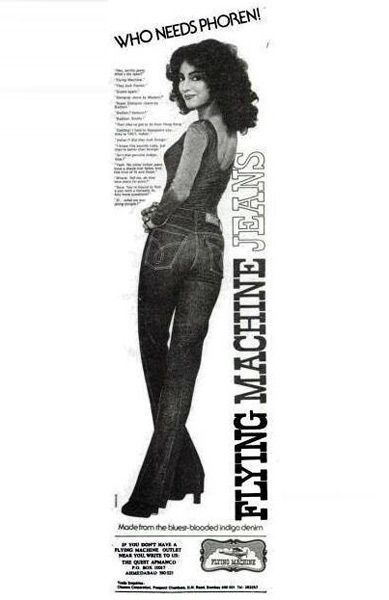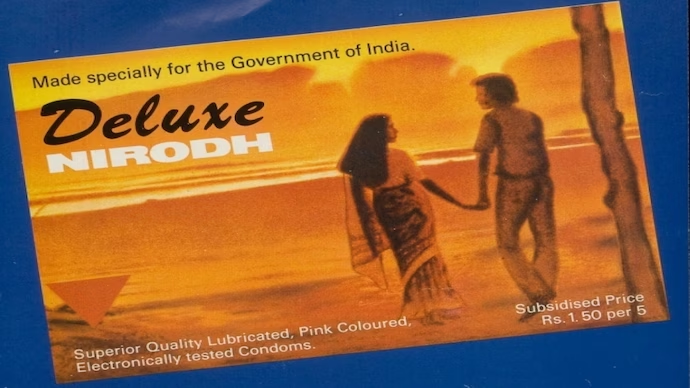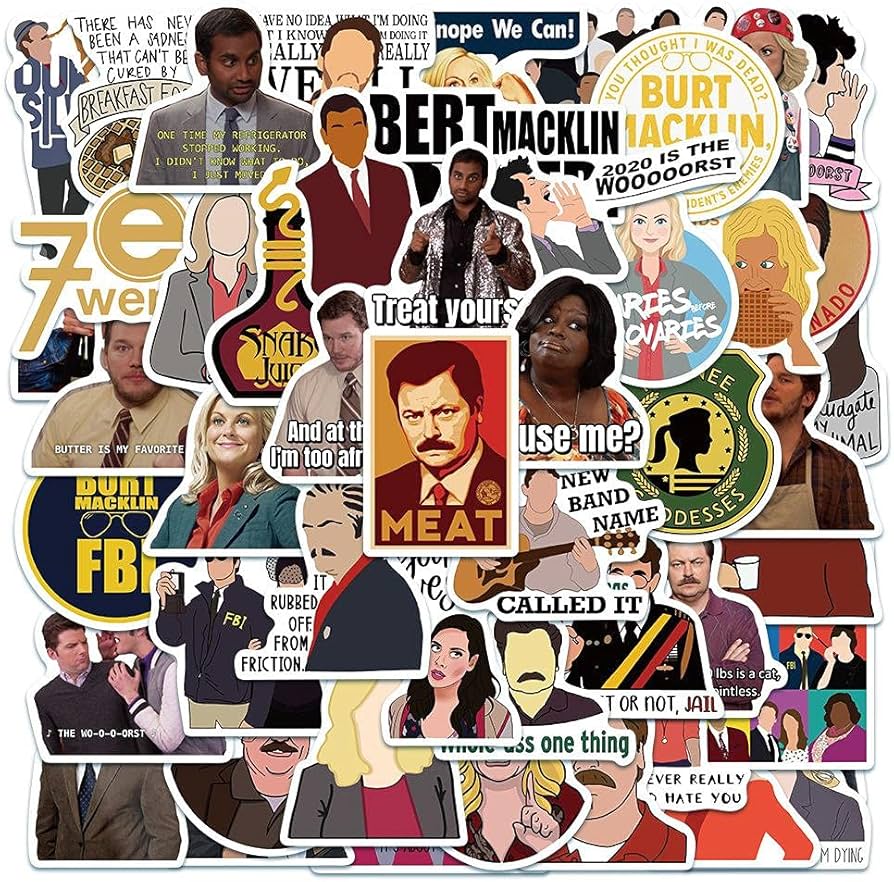Unforgotten Brands – Flying Machine

Flying Machine was one of the first Indian denim brands which met with great success. It has fallen off the perch though.
Rajiv Badlani was working for MCM (Mass Communication and Marketing), a hot shop in advertising, at the time. MCM was founded by a maverick, Kersey Katrak. Rajiv chose to leave as things began to take a turn for the worse, which was a decision he subsequently came to regret making.
He mustered up the courage to start his firm. In 1980, he established Flying Machine, the brand of jeans that would go on to become the most popular in India. The name was his idea. He achieved it with a very small amount of money. His goal was to establish a lifestyle brand that was witty and irreverent, one that would eventually become more successful than itself.
Young people who tried on the jeans fell in love with them, sold them to one another, and launched them at first. They caused such a flurry around them that they couldn’t keep up with the demand! Then, to break into the Mumbai market, he published one advertisement in the Times of India (yep, only one), and he used one huge billboard (the price of which Rajiv bargained with the owner over a drink one evening for a reduced price because it was the monsoon season). O&M created a remarkable advertisement, to the point that people still speak about it several years later. Both Ranjan Kapur and Elsie Nanji deserve recognition for their contributions. It had a cheeky headline that said, “Who needs phoren?”

Badlani, who had married into the Lalbhai family, was bringing denim into India for the production of Flying Machine. This was necessary since India lacked the appropriate raw materials. He wanted Arvind Mills to start a denim manufacturing business in India. Arvind, for its part, was searching for a product that it could use to compete with other companies in the textile industry, which was becoming more commoditized.
The expansion of the business was taking place at a rate of 400% every year. During those times, the Indian financial sector referred to this activity as “overtrading” under the ridiculous Tandon Committee Norms.
He was in severe need of operating cash, but he continued to operate within his constraints, and Flying Machine eventually became a scarce commodity. Only one pair of jeans could be manufactured and sent for every seventeen orders that were placed with him. It resulted in a precarious situation. There would be 17 new pairs of jeans introduced onto the market for every pair of Flying Machine jeans that were purchased.
His knowledge of financial matters was not very robust. As a result, he was not able to effectively handle the financial issues. And that was a burden for him to bear. He “retired” after selling the business along with its namesake brand.
In 1984, Arvind Mills completed the acquisition of Flying Machine. However, the machinery that was essential for the production of genuine denim required significant financial inputs, and there was no guarantee that it would be successful. Therefore, the very first “India-made denim” came out of a saree-printing machine, and this material would later be used in the production of Flying Machine jeans. The popularity of the brand prompted Arvind, in 1986, to invest in the machinery and equipment necessary to produce denim and to establish India’s first denim production factory on Naroda Road in Ahmedabad.



